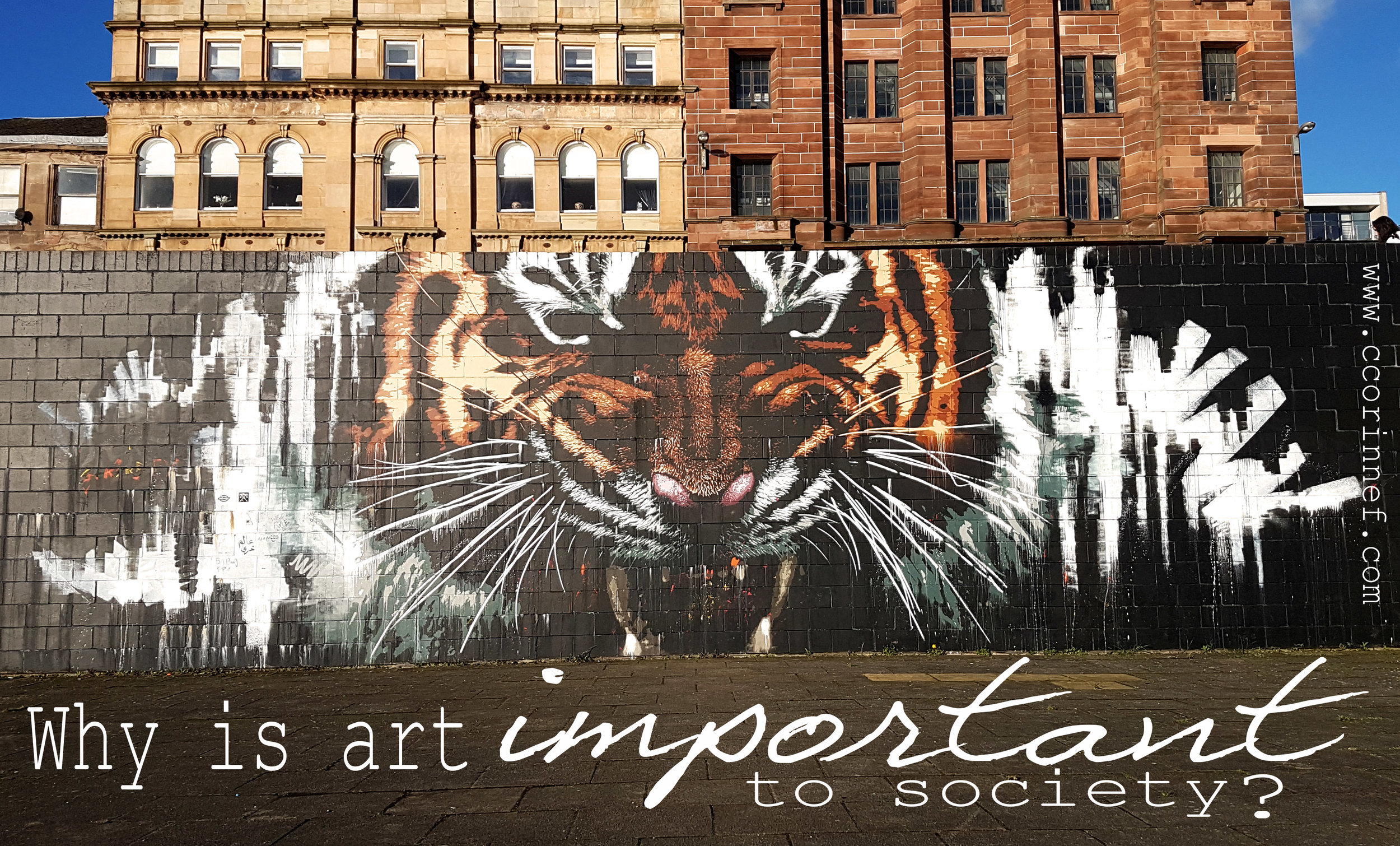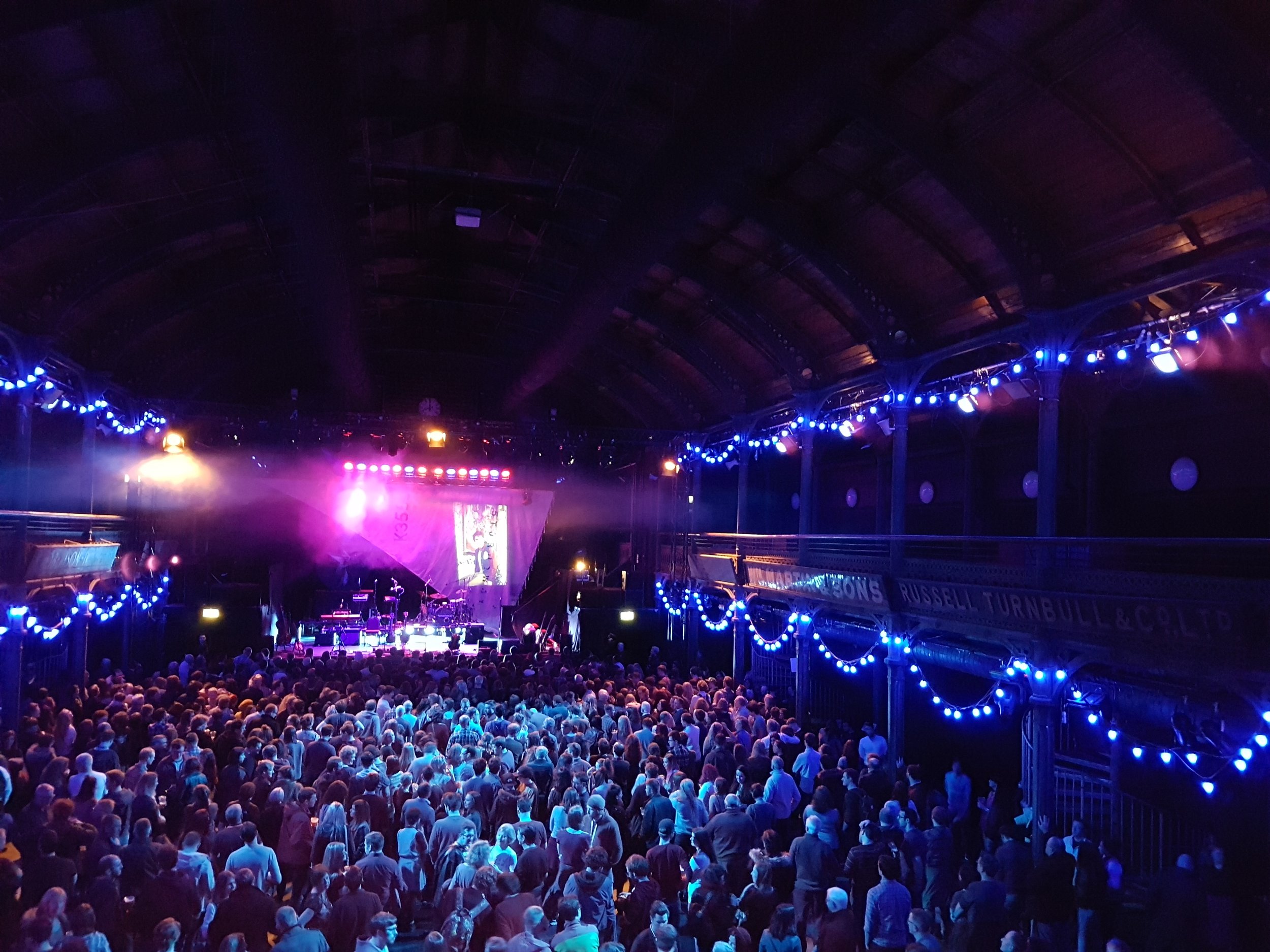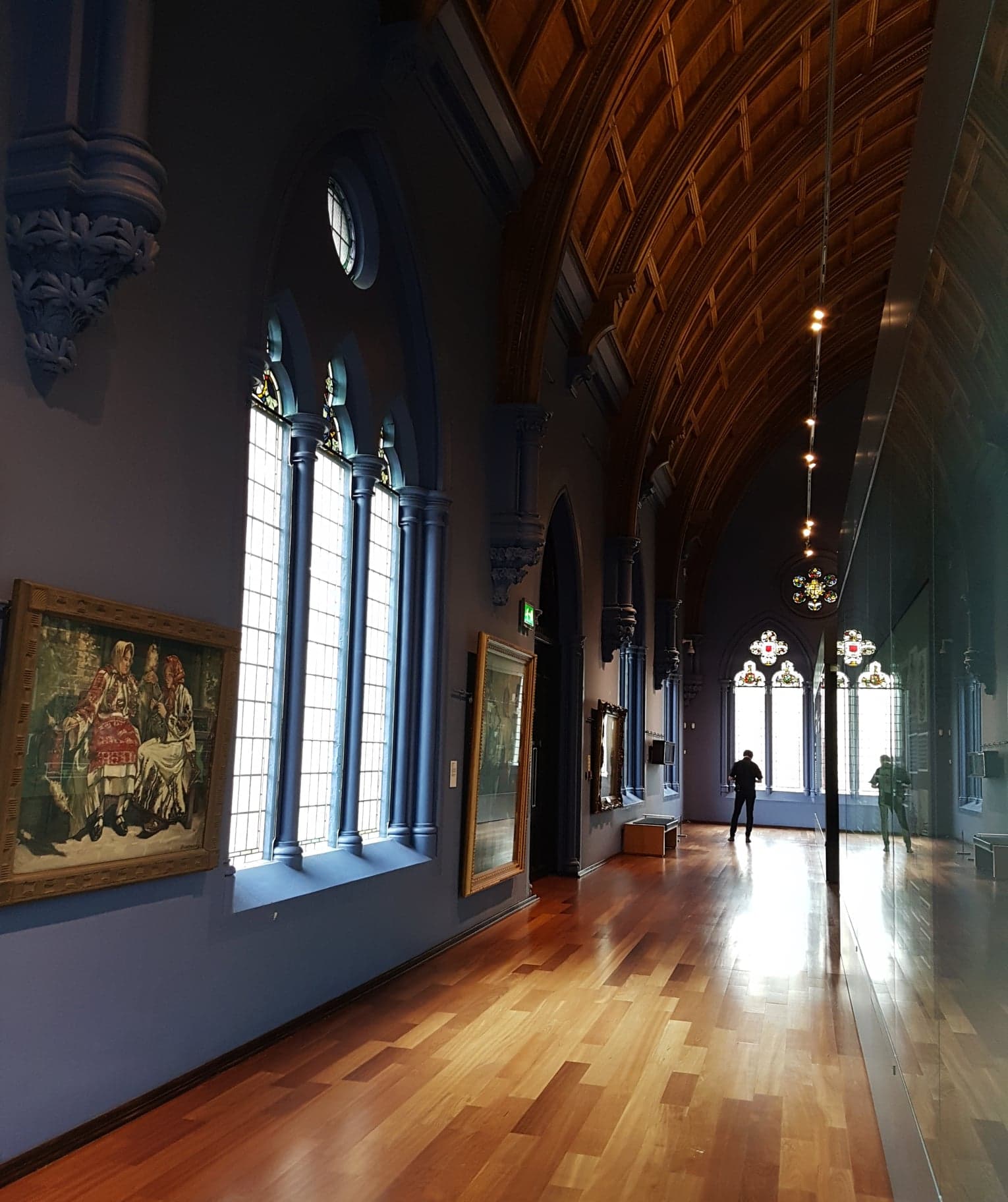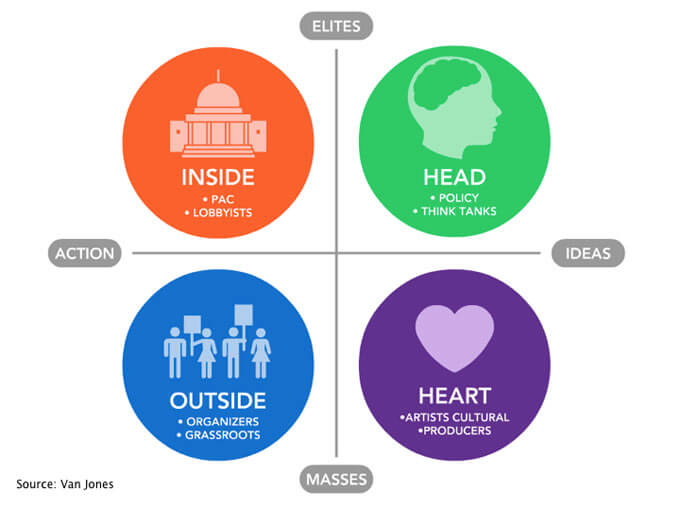Art is everywhere; no matter how hard you try you could never not find art. Everything in the public domain has been created by someone for something. The buildings we live in, work in, learn in, sweat in, shop in – they were all created by an architect with an artistic vision. When we go out for entertainment, films, music, theatre, comedy, history, food – it’s all an art-form created by someone with a passion. Any public space has been carefully designed to be at once functional and beautiful. Museums and galleries share incredible artworks created by infamous artists. No matter where you look, there is art. It’s a part of what makes us human – a form of expression. Why, then, is art still so widely considered to be ‘the easy subject’ at school, insignificant to wider society, a waste of time and effort?
“Life without the collective resources of our libraries, museums, theatres and galleries, or without the personal expression of literature, music and art, would be static and sterile – no creative arguments about the past, no diverse and stimulating present and no dreams of the future.”
In the UK in 2011 the art and culture industries created £12.4 billion in aggregate turnover; in 2015 the arts contributed £27 billion to the economy. As of November 2017, the creative industries are worth £92 billion and account for 14.2% of Gross Value Added (GVA) in the UK. The arts contribute to our economy by attracting tourists and businesses, developing skills and talents and generating new employment opportunities. According to the Nation Brands Index, the UK is fourth out of fifty nations for having an enticing cultural experience; the arts attracted 42% of all tourism related revenue generated in the UK in 2011. These are impressive figures, and, as we all know, money makes the world go round. Art can connect culture with commodities in a way that not many other things can; art generates money but also holds significant sentimental and cultural value within communities. When people attend a concert, they are paying for music, sure, maybe even hotel rooms, meals, and transport, but they also gain an incredible experience, a unique atmosphere and a memory that will go through the rest of their lives with them. People don’t just want ‘stuff’ anymore, they want to experience life – the arts are a perfect cross over between culture and commerce.
Some studies found that people “who had attended a cultural place or event in the previous 12 months were almost 60 per cent more likely to report good health compared to those who had not.” Research suggests that more engagement with the arts is linked to a “higher level of subjective wellbeing” reported by participants. As well as that, taking part in the arts has been proven to improve cognitive function of people of all ages and help to treat a range of illnesses such as dementia, depression and Parkinson’s disease. The Royal Society of Public Health discovered that music and art, when used in hospitals, helps improve the conditions of patients by reducing stress, anxiety and blood pressure.
A study by Scottish Government analysts, ‘Healthy Attendance: The Impact of Cultural Engagement and Sports Participation on Health and Satisfaction with life in Scotland 2013,’ discovered that engaging with the arts has a “positive impact on health and life satisfaction... even when other factors including age, economic status, income, area deprivation, education, qualifications, disability or long-standing illness and smoking are accounted for.” Similar connections have been made by studies in Sweden, Norway and Finland. In addition to this, a study by Consilium Research and Consultancy in the same year reported that the arts, in this case dance, can facilitate in social care environments by reducing loneliness, anxiety and depression. “Dance has the ability to promote creativity and social integration and allow nonverbal stimulation and communication.” In an increasingly aging society, art can also play an important role. One study found that visual arts “facilitated identity formation processes among older people.” For older people, engaging with the arts helped to create and maintain a positive sense of self, something which is often lost the older we get. While more long term studies are needed, the arts clearly have a considerably positive impact on physical and psychological health.
Research shows that children who are involved with the arts make greater achievements in their education; those engaged with drama have greater literary ability and children taking part in musical endeavours exhibit greater skills in maths and languages. Children and students who take part in the arts are “twice as likely to volunteer” and “20 per cent more likely to vote as young adults.” Those engaged with the arts have a greater chance of finding and retaining employment, and are more likely to be “involved and influential in their local communities.” Participating in the arts is essential for child development; encouraging children to express themselves in constructive ways could help to form healthy emotional responses in later life.
Furthermore, the arts can bring communities together; reducing isolation and making people feel safer. Many communities have experienced local regeneration thanks to art projects inspiring people to take pride in their surroundings and creating community spaces for all to enjoy. The arts have been shown to increase empathy towards others, a side effect of which is reducing social tension and discrimination. Art has been used to convey important societal statements for centuries; from the first cave paintings which said ‘we are here,’ to war-time propaganda used to encourage support for the war effort, and from royal portraits documenting key historical figures to the feminist Guerilla Girls who highlighted disparities in gender representation.
“These intrinsic effects enrich individual lives, but they also have a public spillover component in that they cultivate the kinds of citizens desired in a pluralistic society. These are the social bonds created among individuals when they share their arts experiences through reflection and discourse, and the expression of common values and community identity through artworks commemorating events significant to a nation’s (or people’s) experience.”
Art strengthens social relationships and identity. A 2012 study found that taking part in the arts improves individual self esteem and awareness and "collective confidence and connectedness." The evolution of the human brain was built on social relationships and for the human population to progress further we have to strengthen our social development by using the arts to open discussion, empathy and understanding. As Van Jones’ graph of how society is constructed explains, artists are in a unique position to convey complex ideas to the masses thereby inspiring action. Art can inspire, raise questions, provoke and empower – just what is needed to enact social change.
The connection between people and art is deeper still when considered from an anthropological perspective. Art objects such as paintings, sculptures, textiles and masks all have symbolic meanings embedded within them and often play a role in beliefs and rituals. For example, Baule ebony sculptures of human figures are blessed by a shaman and become imbued with the power of fertility. Such objects can be considered to have a social agency because of the link they create between an individual perception and a physical manifestation. As societies and cultural practices evolve, so do the meanings placed on art objects. What was once simply a painting of a lover, now becomes a significant snapshot of historic social practices.
Art is so intertwined with culture that it is often difficult to separate the two: the old Mughal Empire in India combined social importance with architecture in the Taj Mahal; Medieval European Christians created spiritual sculptures and images to celebrate their beliefs and religious communities; Japanese culture connects art with everyday activities from gardening to serving tea. As Stephen Sondheim once said, “Art, in itself, is an attempt to bring order out of chaos.” Art is celebrated and utilised by communities all across the world to entertain, educate and embody the cultures art reflects.
For further reading about the benefits of art for children see this comprehensive guide by Jenny at Mom Loves Best.




